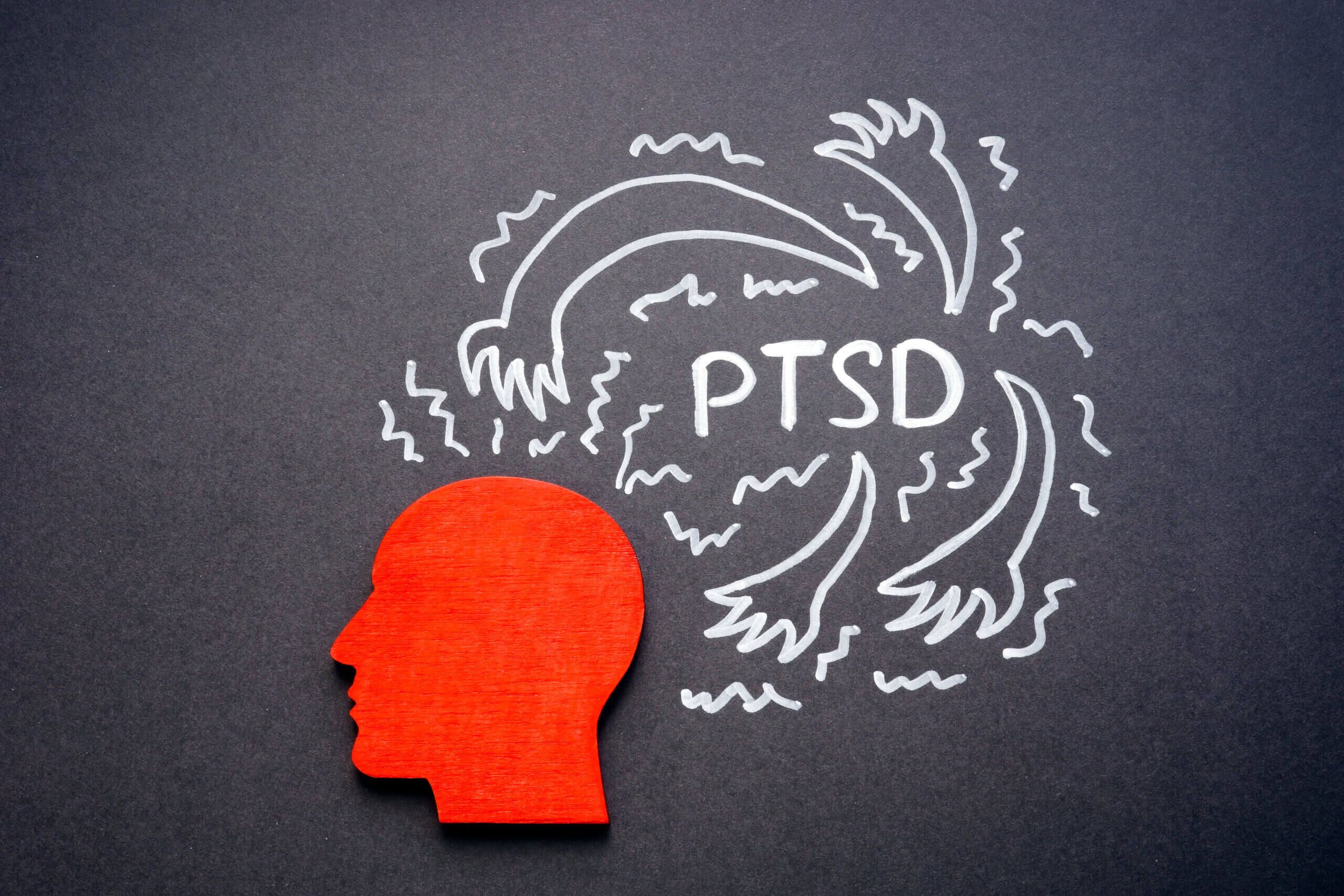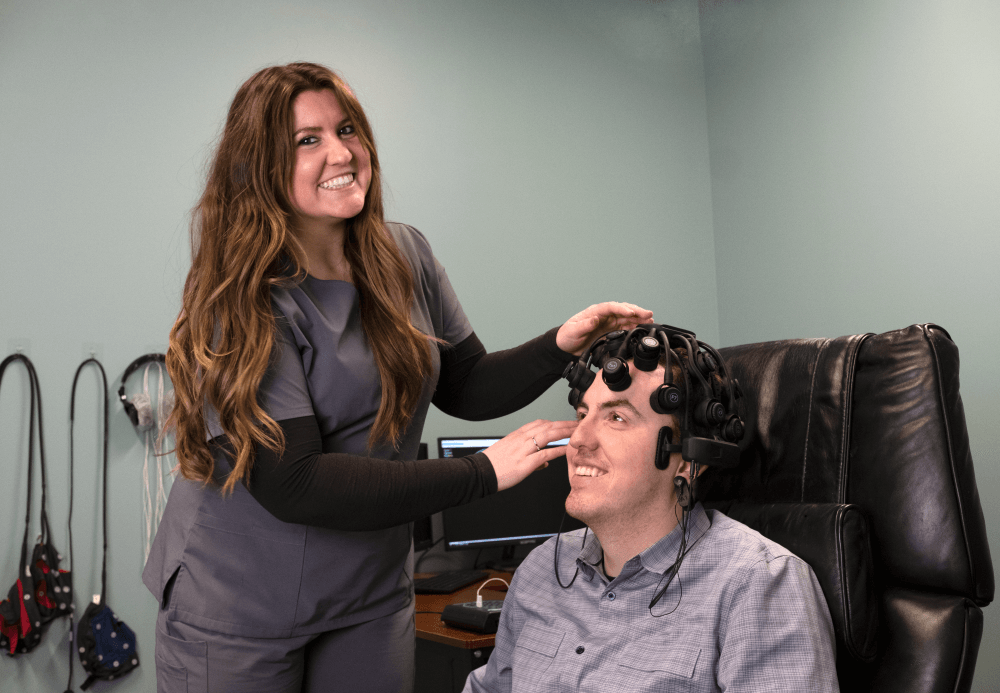PTSD: Understanding Innovative Therapy Options

PTSD, or Post-Traumatic Stress Disorder, is a term and condition many are familiar with, even if they do not suffer from the condition themselves or know someone personally who suffers from the condition. For those who have seen the effects of PTSD, they know how serious and debilitating the condition can really be. Some who develop this condition may lose their job, push away friends and family, lose the ability to care for themselves, fall into depression and other mental health concerns, etc. That’s why it is so important to spread awareness of the condition and promote any and all options to help treat this condition and promote recovery and healing.
What is PTSD?
PTSD stands for Post-Traumatic Stress Disorder, which is a psychological condition that can develop in individuals who experience or witness a traumatic event(s). In order to receive a diagnosis, a person must have symptoms that last for more than a month and the symptoms must cause significant problems in their functioning lives. In 2020, about 13 million people in the United States were diagnosed with PTSD. Statistically, women are twice as likely to have PTSD than men and we estimate that one in eleven people will receive this diagnosis in their lifetime. With such a significant portion of the population living with this condition, it is important to understand this condition and what options are out there to help heal and recover.
What Causes PTSD?
PTSD is a psychological condition that can develop after someone experiences a traumatic event or series of events. This condition is different for everyone, so the set circumstances in which someone develops this condition may vary between each person. Neurobiological factors, such as genetic predisposition, hormonal imbalances, and alterations in brain structure and function, can also play a role in the development of PTSD.
What are the Symptoms of PTSD?
Generally, there are four main types of symptoms for PTSD:
- Re-experiencing: Someone with PTSD may re-experience their trauma through recollection, flashbacks, and/or nightmares.
- Avoidance: Someone with PTSD may avoid anything that reminds them of their trauma and may become emotionally “numb”.
- Alternations in Cognition & Mood: Regular and repeated negative thoughts /perceptions about self, others, and/or the world. They may lose interest in things they used to enjoy or have persistent feelings of shame/guilt.
- Hyperarousal & Reactivity: This may include an increased feeling of irritability, difficulty sleeping or concentrating, being overly sensitive to threats, and being easily startled.
In order to be diagnosed, a person must have at least one re-experiencing symptom, three avoidance symptoms, two negative alterations, and two hyperarousal symptoms for at least one month.
The Oxford Center’s Approach to PTSD
Neurofeedback

With this purpose in mind, The Oxford Center is at the forefront of utilizing innovative therapeutic modalities, including neurofeedback, to treat PTSD. Neurofeedback is a non-invasive technique that aims to improve brain function by providing real-time feedback on brainwave activity. By monitoring brainwave patterns, individuals can learn to self-regulate their brain activity, leading to improved emotional and cognitive functioning.
Neurofeedback has shown promising results in treating PTSD, with research indicating its effectiveness in reducing symptoms and improving overall well-being. Studies have demonstrated that neurofeedback can lead to decreased hyperarousal, increased emotional regulation, and enhanced cognitive flexibility in individuals with this condition.
Hyperbaric Oxygen Therapy

Hyperbaric oxygen therapy (HBOT) is a treatment method that involves breathing pure oxygen. While traditionally used for conditions such as decompression sickness and non-healing wounds, emerging research suggests that HBOT may also offer benefits for individuals with post-traumatic stress disorder (PTSD). By exposing individuals to increased levels of oxygen, HBOT aims to enhance oxygen delivery to tissues, promote healing, and reduce inflammation. Studies have indicated that HBOT can have positive effects on brain function, including neuroplasticity and neurogenesis. These neuroprotective and regenerative properties hold promise for individuals with PTSD, as they may help alleviate symptoms such as anxiety, depression, cognitive impairments, and sleep disturbances.